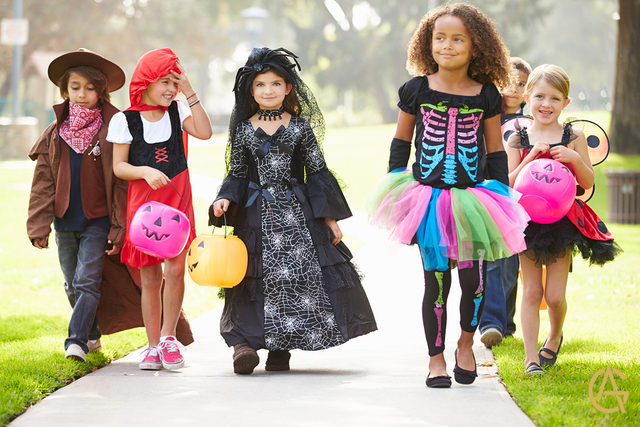Halloween Candy Safety Tips
 With Halloween fast approaching, children and parents alike are preparing costumes and decorations for the big day. Along with the Halloween excitement comes the potential danger of contaminated Halloween candy. While this phenomenon is quite rare, and according to Wikipedia an urban legend, it isn’t unreasonable to use some caution and check the colleced candy. We want to make sure that all parents know what to look for while inspecting their children’s Halloween treats.
With Halloween fast approaching, children and parents alike are preparing costumes and decorations for the big day. Along with the Halloween excitement comes the potential danger of contaminated Halloween candy. While this phenomenon is quite rare, and according to Wikipedia an urban legend, it isn’t unreasonable to use some caution and check the colleced candy. We want to make sure that all parents know what to look for while inspecting their children’s Halloween treats.
- Make sure your child does not eat any of their free treats until they arrive home. Some parents even prepare a few candies to bring with them in case their children are tempted to indulge during the trick-or-treating festivities.
- Spread out all treats under a bright light and comb through them, paying attention to each individual piece for certain warning signs. Immediately throw away any candy that has:
- Unusual appearance or discoloration
- Tiny pinholes or tears in the packaging
- Spoiled or unwrapped items
- Are not in their original packaging
- Do not come from any recognizable brand
- Homemade items or baked goods that come from strangers
Remember: When in doubt, throw it out!
- Remove any candies that are not age-appropriate for your child. Parents of small children should remove all chewing gum, jawbreakers, or potential choking hazards right away.
- Consider taking your child’s candy to get an x-ray. While this may seem a little excessive, x-raying Halloween candy can reveal needles, razor blades, glass and plastic lurking in your child’s candy-filled pillowcase. Candy x-rays are available for FREE at all Patient First branches in the Richmond area from 6:00 p.m. - 9:00 p.m. from October 29-31. Find out more about candy x-rays here.
- Remember to set guidelines for your child’s candy consumption! After all of the candy inspecting is complete the candy feast begins; be sure to limit your child’s consumption to a reasonable number of treats per day so they don’t get a stomachache. And always brush your teeth after enjoying sweet treats!
While candy safety is important, the most common injuries to children at Halloween are pedestrian injuries. The number of vehicle crashes involving pedestrians is historically much greater on Halloween than on other days, and the CDC recommends fastening reflective tape to costumes and bags, carrying a flashlight, walking in groups, and using crosswalks. See the full list of CDC recommendations here.
It's a wonderful time of year, filled with scary ghouls and yummy treats. The staff at Glen Allen Pediatrics hopes that you and your children enjoy a safe and happy Halloween!




